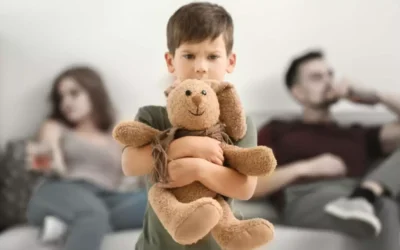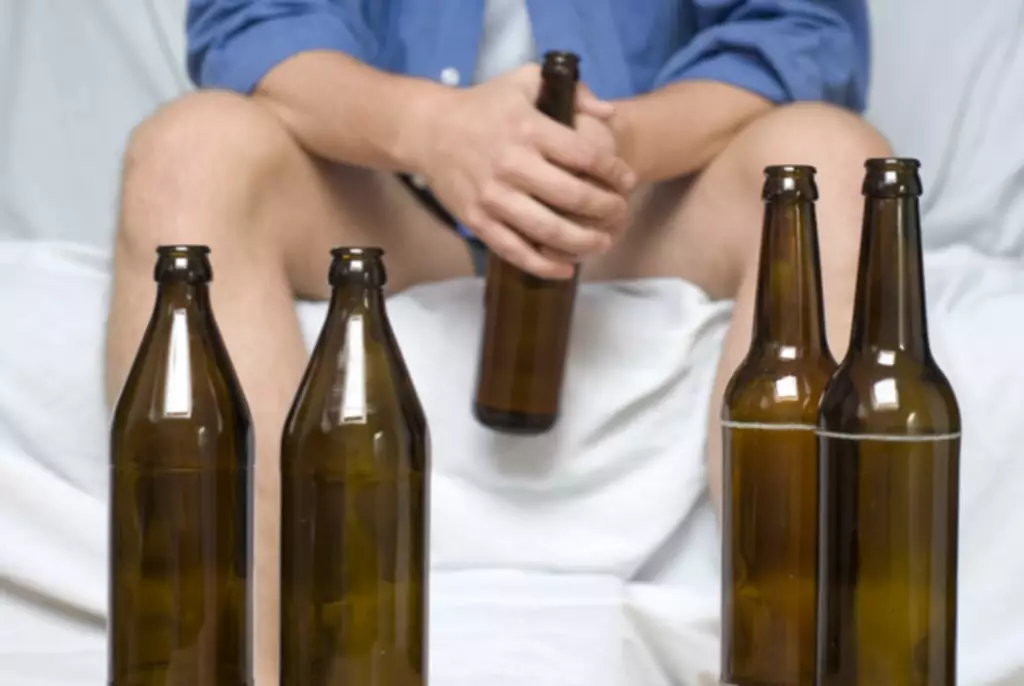Instead of alcohol, consider talking to a mental health professional about effective anxiety management options, which may include psychotherapy and medication. There are many effective treatments for anxiety and alcohol use disorders, including ongoing individual therapy, group therapy, prescribed medications, or a combination of these methods. Cognitive behavioral therapy (CBT) is the most effective form of psychotherapy for anxiety disorders.

Benzos and alcohol side effects
Reports indicate that acamprosate works to best advantage in combination with psychosocial support and can help facilitate reduced consumption as well as full abstinence (Mason, 2001; Nutt, 2014). Thus, the use of acamprosate as an adjunct to psychosocial interventions in alcohol-dependent patients provide modest but potentially valuable improvements in alcohol-consumption outcomes (Plosker, 2015). Schematic diagram showing drugs, hormones and their receptors in the brain inhibiting alcohol intake. The FDA-approved medications and others undergoing pre-clinical and clinical trials are shown. The inhibitory effects of alcohol intake are mediated through the hormone ghrelin, oxytocin and opioid receptors, that are expressed in VTA, NAc, hypothalamus and amygdala of the brain.
Do anxiety medications have any serious risks or side effects?

In another study, Addolorato & Leggio, 2010, has compared the effects of pregabalin with other medications for the treatment of AWS. In this study, 111 alcoholic patients suffering with AWS were randomized and given pregabalin (450mg/day), tiapride (800mg/day) and lorazepam (10mg/day) for 14 days. Among these medications, pregabalin showed significant reduction in AWS and many patients remained alcohol-free, suggesting that pregabalin has pharmacotherapeutic potential for AWS (Addolorato & Leggio, 2010). In a randomized double-blind placebo-controlled trial during inpatient alcohol detoxification, alcohol dependent patients received pregabalin or placebo on a fixed dose schedule starting with 300 mg/day for 6 days. Both pregabalin and placebo showed similar efficacy according to alterations of scores of the AWS, clinical institute withdrawal assessment for alcohol revised (CIWA-Ar) scores and neuropsychological scales.
Antidepressants
- It would be useful to examine the potential risks of cross-recruitment for the different psychopharmacological categories, given that the psychiatric drugs may be affected by substance abuse and those patients can perhaps abuse the psychiatric drug itself.
- Ghrelin controls the homeostatic system balancing energy expenditure and appetite in the hypothalamus.
- Dual diagnosis treatment programs have become increasingly important in recent years, especially as we continue to learn more about how alcohol can impact mental health.
- This is good news, because most people with anxiety disorders do not report drinking to cope with their symptoms, but it also raises questions.
- Several proposed explanations exist for the link, including genetics, a person’s environment, and the brain mechanisms related to addiction and anxiety symptoms.
Neither lobeline nor cytisine considerably affected water or sucrose solution (10% w/v) intake during drinking-in-the-dark or continuous drinking procedures, in comparison to control (Sajja & Rahman, 2011). These two compounds have different pharmacokinetic and pharmacodynamic properties at the brain nAChRs and modulates ethanol drinking behaviors and ethanol-induced dopamine functions in different rodent models. Lobeline was shown to have longer-lasting effects on ethanol consumption and metabolized slower than cytisine (Tutka & Zatonski, 2006) although cytisine was more potent (1.5mg/kg) and faster acting (1–4hrs) in comparison to lobeline dose (5mg/kg) in 3 days (Bell et al., 2009).
- Pretreatment with lobeline (4 or 10 mg/kg) or cytisine (1.5 or 3 mg/kg, s.c) on continuous access drinking, substantially reduced ethanol intake drinking-in-the-dark (g/kg) post 2-h and 4-h treatment, in comparison to controls.
- While this effect was observed only 6 hours after treatment in ND rats, it was long lasting in PD rats (at least 30 hours after injection).
- Individually, they can relax muscles, make you sleepy, and reduce feelings of panic, fear, and agitation.
- In some studies, the combination of these drugs was reported to exhibit potent effects than when they are used alone.
- With so many treatment options available for anxiety, it’s important to understand the differences between medications.
- Buspirone is a non-benzodiazepine drug in a class called anxiolytics that may be prescribed as a short-term treatment to reduce the symptoms of anxiety.
The results showed that, memantine pretreatment attenuated the craving for alcohol before alcohol administration, but not after alcohol consumption. In addition, memantine did not affect alcohol-induced performance impairment, physiological changes or pharmacokinetics, however it increased dissociative effects, confusion, subjective reports of dissociation and impaired motor coordination (Bisaga & Evans, 2004). The effects of ARI on the aspects of impulsivity were evaluated in non-treatment-seeking AUD individuals based on their level of impulsivity and self-control in a well-validated clinical trial. Ninety-nine subjects with heavy drinking and meeting DSM-IV criteria were randomized into two groups.
- For augmenting treatment for AUD, would targeting biological stress reactivity (e.g., hypothalamic pituitary adrenal activation) be more promising than targeting anxiety disorders?
- Older adults metabolize alcohol faster, so if you’re in this age group, limit yourself to one alcoholic beverage per day.
- Posttraumatic stress disorder (PTSD) and SUD frequently co-occur, and their combination can increase poor health outcomes as well as mortality.
- That is because the effects of combining certain drugs and substances can be harmful, even leading to addiction and because many people are unaware of the risks and dangers of such combinations.
- Quetiapine binds strongly to the serotonin receptors and acts as partial agonist on 5-HT1A receptors (Guzman, 2013).
This is characterized as the impulsive stage of addiction because the goal of increasing pleasure, rather than avoiding or escaping discomfort, motivates seeking alcohol or other drugs. Typologies are the oldest formal approach to categorizing alcohol misuse accompanied by strong negative affect. It was difficult to interpret the findings reported by the studies included in this review. Many participants (43.1% altogether) dropped out of the studies before treatment ended. In addition, outcomes that were reported were either not precise, or appeared to be based on the selective reporting of measures that showed an effect of medication.
The direct effect of alcohol on several neurotransmitter receptors [gamma-aminobutyric acid [GABA], glutamate, endocannabinoids AEA and 2-AG, among others] has been described (23). More specifically, alcohol enhances the GABA action and antagonizes glutamate action (24). On the other hand, GABAergic and glutamatergic systems seem to be involved in AnxD, such as Generalized does alcohol cause panic attacks anxiety disorder (GAD), panic disorder, and social AnxD (25). Furthermore, glutamate signaling mediates certain aspects of the intoxicating and rewarding effects of alcohol and chronic alcohol abuse produces a hyperglutamatergic state (26). These different models are not necessarily irreconcilable when considering the patho-developmental trajectory of addiction.
We now focus on the novel medications and their signaling mechanisms by which they exert their effects on AUDs. These novel medications were developed to minimize the alcohol induced side effects and improve the quality of life. These groups of medications include novel as well as FDA-approved medications that are being repurposed for the prevention and treatment of AUDs. In some studies, the combination of these drugs was reported to exhibit potent effects than when they are used alone.
Side effects of trazodone in the elderly
Prescribing antidepressants to treat alcohol use disorder can cause cravings: CMAJ – Global News
Prescribing antidepressants to treat alcohol use disorder can cause cravings: CMAJ.
Posted: Mon, 16 Oct 2023 07:00:00 GMT [source]
However, only few studies have examined the role of OTRs in mediating the neuropeptide’s effects on motivational actions of alcohol. Recent studies involving viral-mediated overexpression of OTRs in the NAc core have implicated a role for these receptors in alcohol drinking and conditioned reward (Bahi, 2015; Bahi et al., 2016). McGregor and Bowen, found a long-lasting effect on the OT administration on ethanol preference in rats. Indeed, a single dose of OT (1 mg/kg) produced a progressive reduction in preference for the ethanol-containing beverage as compared to a non-ethanol-containing sweet solution and this effect lasted for up to 6 weeks. Additionally, treatment with OT at 1 mg/kg for 2 weeks before the start of a two-bottle free choice paradigm provided evidence that there was a significantly lower ethanol preference in OT-treated than in control rats (McGregor & Bover, 2012). Modulation of the OTR via administration of the OTR agonist carbetocin or gene over-expression of OTRs via a lentiviral vector in NAc resulted in reduced acquisition and ethanol-primed reinstatement of CPP as well as increased rates of extinction (Bahi, 2015).